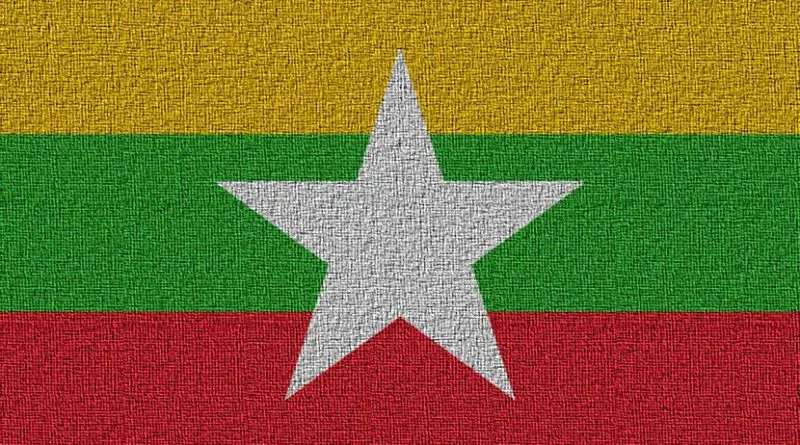The Role Of Geopolitics In Myanmar’s Resource Curse – Analysis
By IPCS
By Suparna Banerjee
Myanmar’s abundance in resources similar to the existence of the Roman god with two faces, Janus. In the country’s historical transition, natural resources could either prove to be key to Myanmar’s economically developed future or permanently condemn the country to an abyss of conflicts. One such theatre of conflict is the Letpadaung copper mine in Monywa, Sagaing Region.
The mine is run by a Chinese firm called the Wanbo Mining Copper Ltd. as part of a joint venture with a major local military conglomerate, the Union of Myanmar Economic Holding Ltd. The mine is estimated to hold 3.8 million tonnes of copper deposits, and has been in the thick of controversy since its inception due to the confiscation of over 3000 hectares of land from more than 26 villages.
The related unrest in Myanmar points to the local population’s resentment towards the Chinese for depriving them of the financial benefits of the country’s natural resources. Things improved slightly after the signing of the new agreement between the mine operators post the submission of the report by the Parliamentary Review Committee led by Aung San Suu Kyi. However, Naypyidaw fears deterioration of Myanmar-China bilateral relations over this issue. Naypyidaw can hardly afford to lose the valued friendship of China, a country that has stood by Myanmar through during critical junctures. China, on the other hand, expressing sorrow over the death of the woman protestor went on to defend the mining project and the compensation package was arrived at based on the market price and the local laws.
It is equally wise to argue that the unrest is a reflection of protest against the exploitation of resources and not directed against any particular country. Depriving the local populace of benefits of profits is a common phenomenon, be it a democracy or no democracy. One may draw a comparison in the Vedanta Bauxite mining or anti-POSCO protest in Orissa, India. Thus without drawing too much on the strategic aspect of the resources, the unrest could purely be guided by the share of economic resources and absence of proper guidelines to address this issue.
Naypyidaw fears that the share of resource revenue would be channelised to fund the ethnic conflict by rebel groups and hence maintains reservations on the front of federalism as demanded by the anti-government fighters. Conversely, the rebel groups opine that unaccountable resource exploitation without providing adequate dividends to the locals is sustaining the military rule in Myanmar. Stakeholders within the government are amassing huge wealth through corrupt practices which, in turn, is helping them dictate terms. The Extractive Industries Transparency Initiative’s (EITI) approval of Myanmar’s candidate status is a positive sign that the President Thein Sein’s office has followed through the earlier stages of the implementation process.
Post the opening-up of the economy, the quasi-civilian government introduced headline-grabbing reforms in all areas of legislation. However, the country’s rich natural resources have often been proven to be non-beneficial to the locals. When the country is on the verge of creating history pending election in December 2015 after it embarked on the political reforms, the unrest is a cause of worry for the country. Therefore, the timing of these protests need critical evaluation. Why now?
Countering China’s role, Myanmar’s share of oil and natural gas resources, commercial ventures exploiting vast swathes of natural resources, and to tap the country’s fresh market for investment are some of the key pull-factors for external players.
Threatened by the massive influence China wields in Myanmar, Western countries, led by the US have changed their stances. Obstructing the investment flow could also be a reason behind the rise of unrest to have arisen just before the election. Open Briefing, in its report titled ‘Stalled hope? – the resource conflict risk to Myanmar’s political and economic transition’ suggests that rebel groups are targeting infrastructure projects to prevent Myanmar’s armed forces, the Tatmadaw’s, military modernisation. The Tatmadaw’s share in the country’s GDP has seen an increase from 2.2 per cent in 1995-2005 to 3.9 per cent in 2011-2013.
These unrests point to fundamental issues that remain unaddressed by the political class, thus making the need to address the issue of lack of reforms more pressing.

